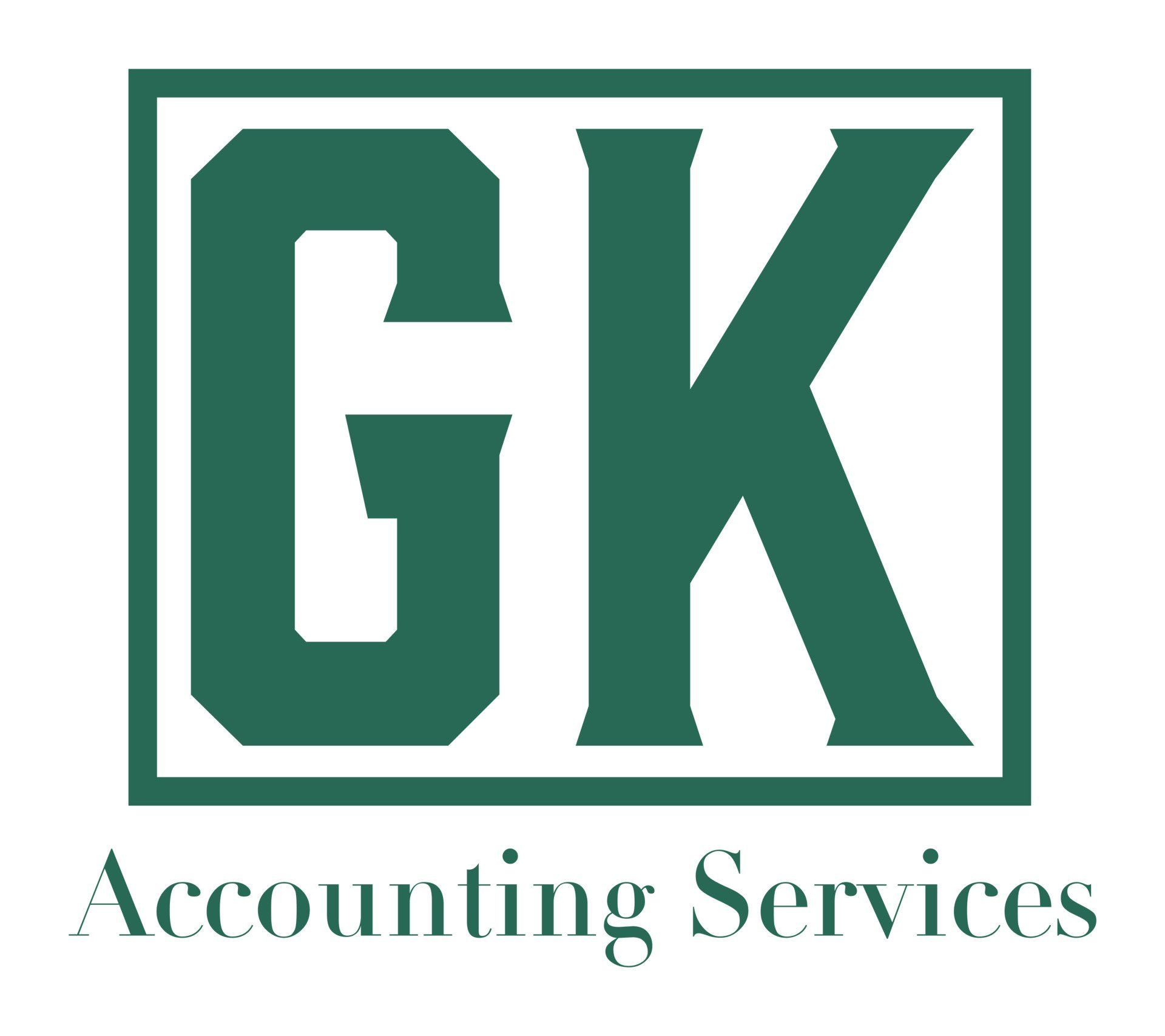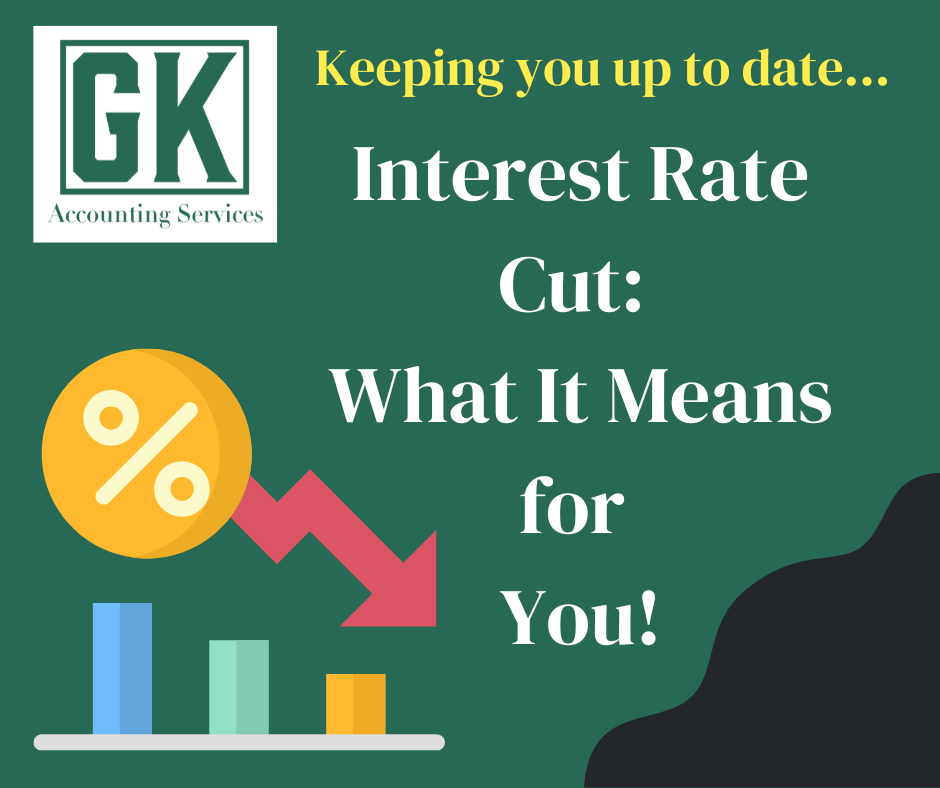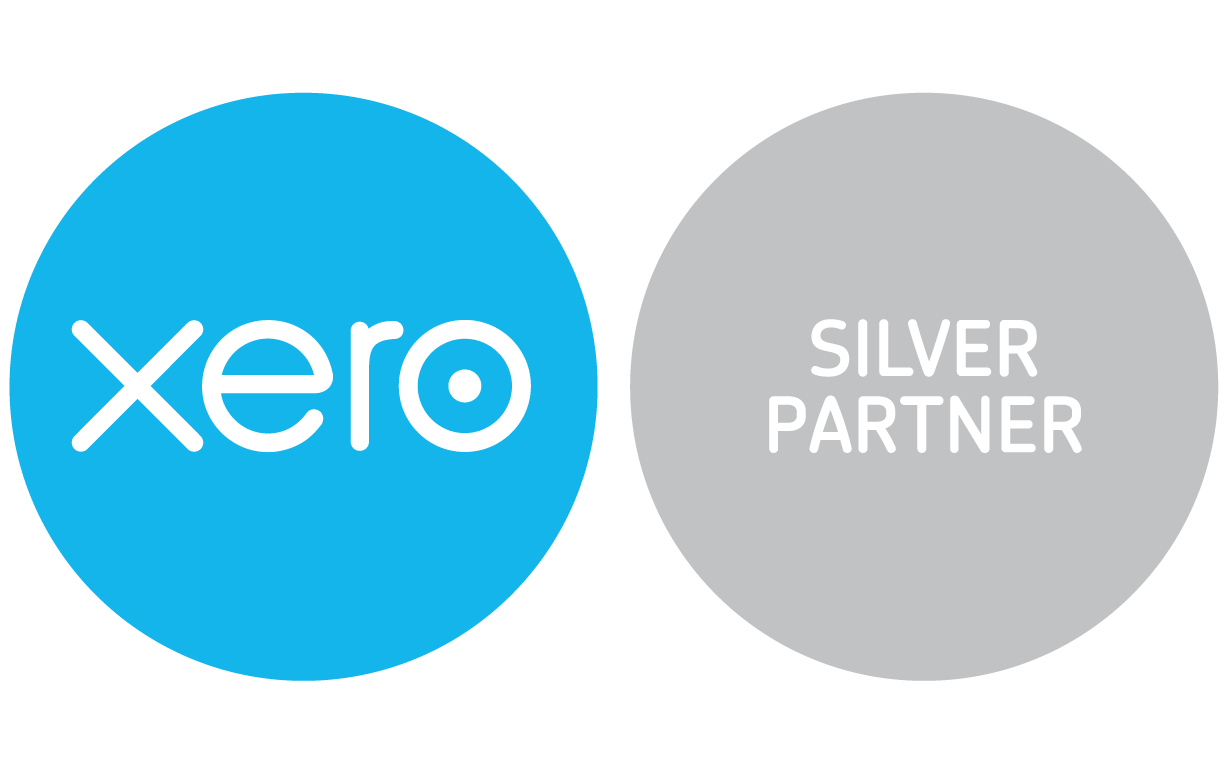Everything you need to know about Marriage Allowance in the UK.
What is the marriage allowance?
The marriage allowance is a tax incentive available to married couples or civil partners.
The Marriage Allowance lets you transfer £1,260 of your personal allowance to your husband, wife or civil partner, reducing their tax by up to £252 in the tax year.
How does the marriage allowance work?
To benefit from this tax perk, a claim must be made by the lower earner in the marriage or civil partnership. The lower earner must have income below the personal allowance, usually £12,750. HMRC does state that the individual who transfers a portion of their allowance to their spouse might be paying more tax; however, as a couple, their tax, in general, will be lower.
Here is an example of how a marriage allowance can work.
Adam is working part-time and earns £10,000 per year. His income is below the standard personal allowance of £12,750; therefore, he does not pay tax on his earnings.
His wife Eve is working full-time and earns £25,000 per year. Eve is paying income tax at a 20% rate, the basic rate. Her income is more than the standard personal allowance of £12,750 but lower than £50,270, which is a threshold for the higher tax rate of 40% and the eligibility threshold for the marriage allowance.
Adam can transfer £1,260 of his unused tax-free allowance to Eve, raising Eve's tax-free allowance to £13,830. This means that Eve has now an extra £1,260 where she does not pay tax and therefore saves £252.
Who is eligible for the marriage allowance?
To be eligible for the marriage allowance, all the following must apply:
· You are married or in a civil partnership
- One of you needs to be a non-taxpayer
- One of you needs to earn below £12,570
- One of you pays Income Tax at the basic rate, which usually means their income is between £12,571 and £50,270
- Both of you must have been born on or after 6 April 1935
How to apply?
There are three ways you can apply for the marriage allowance. You can apply online, through self-assessment or by writing to HMRC. When you apply, you will have to prove your identity.
Can marriage allowance be backdated?
Yes, the marriage allowance can be backdated for up to 4 years (as of 2022, you can include any tax year since 05 April 2018). Therefore, if you claim for this year and backdate for the four years, you could get up to £1,242. You should receive a cheque with the amount due for the backdated years.
Will the marriage allowance change your tax code?
Yes, the marriage allowance will change you and your spouse's tax code. The person receiving the marriage allowance will have a tax code ending with the letter "M". The person transferring the allowance will have a tax code ending with the letter "N".
How to cancel the marriage allowance?
If your circumstances change and you no longer qualify for the marriage allowance, you must cancel the marriage allowance transfer. The person who made a claim is responsible for cancelling the marriage allowance. You can do this online or by telephone.





